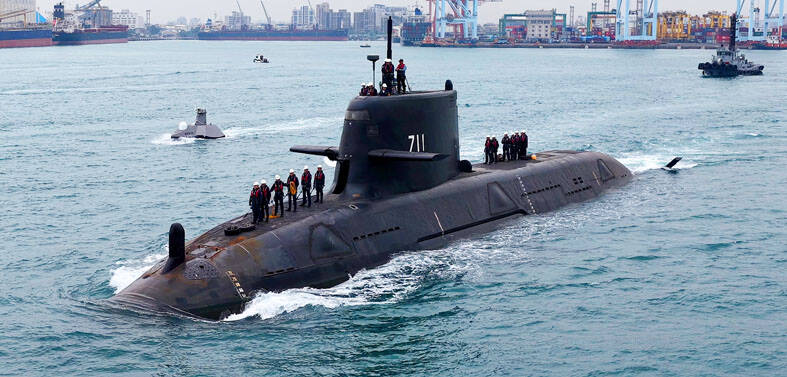An international team of researchers from Taiwan, Australia, India and Bangladesh has successfully developed a method of converting agricultural biomass into commercially valuable chemicals for food and pharmaceutical companies, the Financial Express reported on Monday.
The new method is “significantly cheaper and more environmentally friendly and efficient” than existing conversion methods, because the catalyst materials used are recyclable and the process produces a high yield of valuable chemicals, the Indian English-language newspaper said.
Specifically, the researchers used “raw biomass, such as bagasse, rice husk, wheat straw, cotton stalk, corn cob and low-grade jute from different areas of India and Bangladesh, and converted it into high-value chemicals, such as xylose and arabinose, furfural and HMF [hydroxymethylfurfural],” Shahriar Hossain, a materials scientist at University of Wollongong’s Australian Institute for Innovative Materials, was quoted as saying.
The report quoted Wu Chia-wen (吳嘉文), a professor of chemical engineering at National Taiwan University who was also involved in the project, as saying that such chemicals have widespread uses in the food and pharmaceutical sectors.
“Xylose and arabinose ... can play an important role in the management of blood glucose and insulin levels related to sucrose intake” when used in food products, Wu said.
Furfural can be applied as “fungicides, pesticides, drugs and bioplastics, flavor enhancers,” the report said.
“This discovery will add significant economic value to the agricultural waste materials through industrialization of our technique in Bangladesh and other South Asian countries,” the researchers were quoted as saying.
Researchers from National Taiwan University, Australia’s University of Wollongong, Bangladesh’s Bangabandhu Sheikh Mujibur Rahman Agricultural University and Indian schools were involved in the project.

US climber Alex Honnold is to attempt to scale Taipei 101 without a rope and harness in a live Netflix special on Jan. 24, the streaming platform announced on Wednesday. Accounting for the time difference, the two-hour broadcast of Honnold’s climb, called Skyscraper Live, is to air on Jan. 23 in the US, Netflix said in a statement. Honnold, 40, was the first person ever to free solo climb the 900m El Capitan rock formation in Yosemite National Park — a feat that was recorded and later made into the 2018 documentary film Free Solo. Netflix previewed Skyscraper Live in October, after videos

NUMBERS IMBALANCE: More than 4 million Taiwanese have visited China this year, while only about half a million Chinese have visited here Beijing has yet to respond to Taiwan’s requests for negotiation over matters related to the recovery of cross-strait tourism, the Tourism Administration said yesterday. Taiwan’s tourism authority issued the statement after Chinese-language daily the China Times reported yesterday that the government’s policy of banning group tours to China does not stop Taiwanese from visiting the country. As of October, more than 4.2 million had traveled to China this year, exceeding last year. Beijing estimated the number of Taiwanese tourists in China could reach 4.5 million this year. By contrast, only 500,000 Chinese tourists are expected in Taiwan, the report said. The report

Temperatures are forecast to drop steadily as a continental cold air mass moves across Taiwan, with some areas also likely to see heavy rainfall, the Central Weather Administration (CWA) said. From today through early tomorrow, a cold air mass would keep temperatures low across central and northern Taiwan, and the eastern half of Taiwan proper, with isolated brief showers forecast along Keelung’s north coast, Taipei and New Taipei City’s mountainous areas and eastern Taiwan, it said. Lows of 11°C to 15°C are forecast in central and northern Taiwan, Yilan County, and the outlying Kinmen and Lienchiang (Matsu) counties, and 14°C to 17°C

STEERING FAILURE: The first boat of its class is experiencing teething issues as it readies for acceptance by the navy, according to a recent story about rudder failure The Hai Kun (海鯤), the nation’s first locally built submarine, allegedly suffered a total failure of stern hydraulic systems during the second round of sea acceptance trials on June 26, and sailors were forced to manually operate the X-rudder to turn the submarine and return to port, news Web site Mirror Daily reported yesterday. The report said that tugboats following the Hai Kun assisted the submarine in avoiding collisions with other ships due to the X-rudder malfunctioning. At the time of the report, the submarine had completed its trials and was scheduled to begin diving and surfacing tests in shallow areas. The X-rudder,